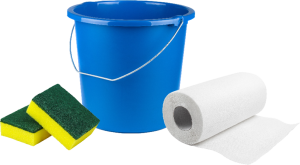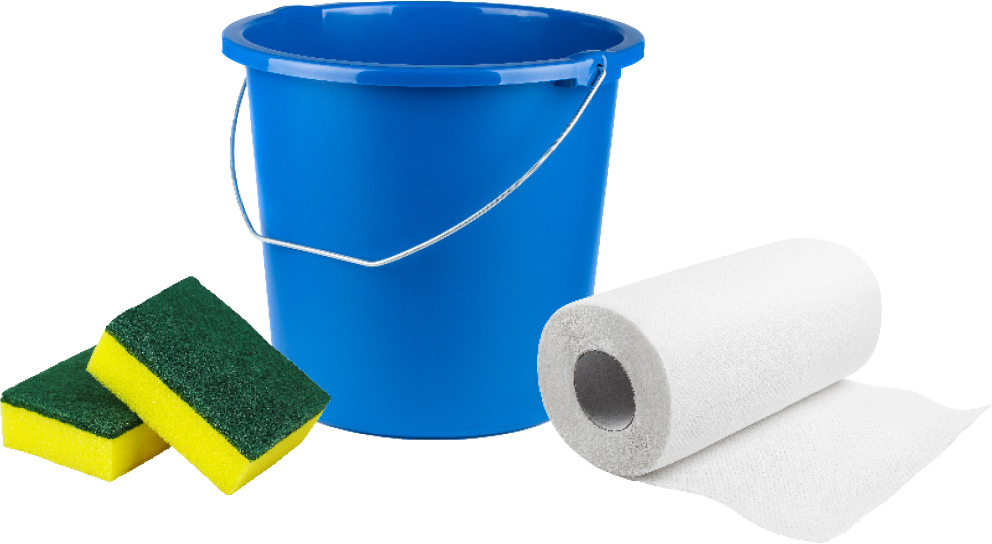
By Jeff Wright – GBI VP of Technical Services
It has been several years since we wrote an article about amine blush. We mention amine blush repeatedly in our instructions and related Epoxyworks articles, but it is a common question from our customers. A clear, more detailed discussion seemed worthwhile.
What is Amine Blush?
WEST SYSTEM® Epoxy is a two-part system consisting of a resin and hardener. The hardener component has a high percentage of chemicals that can be described as amines. There are many classifications of amines, which our chemists understand in-depth, but what’s really important to most epoxy users is understanding how these amine compounds react with moisture and carbon dioxide in the atmosphere, and what we can do to deal with amine blush.
After mixing WEST SYSTEM resin and hardener, there is a time period we call open time. This is when the resin and hardener have not completely reacted. During this time, the hardener molecules (which include amines) that are on the surface are able to react with both the resin and the atmosphere. The carbon dioxide and moisture in the air will react with the amines forming a wax-like film referred to as amine blush.
How Does Amine Blush Affect My Project?
The film does not affect the strength or properties of the cured epoxy because only a very small percentage of the hardener that was exposed to the atmosphere was consumed creating this very thin layer of amine blush. Amine blush is only a concern when there will be additional applications of epoxy, a final finish of paint or varnish will be applied, or when clarity is important. Polyurethane final finishes can be sensitive to amine blush preventing them from drying and blush may cause the cured epoxy to look slightly cloudy. Also, the secondary adhesion of epoxy can be reduced by amine blush.
How Do I Lessen the Chances of Amine Blush Forming?
Amine blush does not always form consistently; it is dependent on the amount of carbon dioxide in the air, ambient temperature, humidity level, and the duration of the cure. The longer the epoxy is uncured the more time amines can react with the carbon dioxide and moisture present in the air. Cooler temperatures and thinner films will be more likely to generate blush. The amount of carbon dioxide can be increased in the air when open flame heating sources such as torpedo-type kerosene heaters are in operation. A damp cool day will generally produce more amine blush than a hot dry day if the same hardener is used and the application is the same thickness.
How Do I Remove Amine Blush?
It is very easy to remove amine blush because it is water soluble. After the epoxy has cured, a 3M® Scotch Brite™ scrubbing pad and water is the best way to remove amine blush. Strong solvents are not needed or recommended. Simply scrub with water and a Scotch Brite pad and then dry off the water with a white paper towel. This process will result in a surface that is much easier to sand and ensure excellent adhesion of the next epoxy application.
How Do I Prevent Amine Blush Entirely?
There are two easy ways to prevent the formation of Amine Blush. One option is to use 207 Special Clear Hardener® which is a non-blushing formulation. We have the word “Clear” in the name because the lack of blush results in a clear finish regardless of the environment. It is strongly recommended to use this hardener with 105 Epoxy Resin® on all brightly finished wooden boat applications or if laminating carbon fiber that will be finished clear over a surface. The other option is to use WEST SYSTEM 879 Release Fabric. This is not a good option for coating applications, but if you are performing a composite repair or other fiberglass work, consider applying a layer of release fabric onto the laminate as a final layer. Once the laminate cures, the release fabric can be pulled which removes any blush that formed on the surface.
Another way to avoid removing blush is to apply additional coats of epoxy or laminates before the previous one has cured. If the previous layer is still tacky, the next application of epoxy will comingle with the previous layer, creating a chemical bond and eliminating the detrimental effects of the amine blush on secondary adhesion.
Final Thoughts
Amine blush is something to be aware of but is easily dealt with. Just keep water, Scotch Brite pads, and clean white paper towels nearby, and any amine blush that forms can easily be removed.
To learn more about WEST SYSTEM products and where to purchase them, visit westsystem.com.
To learn more about Amine Blush Prevention, read our previous article, written by GBI Head Chemist Tim Atkinson and now-retired GBI Technical Advisor Tom Pawlak: click here.






